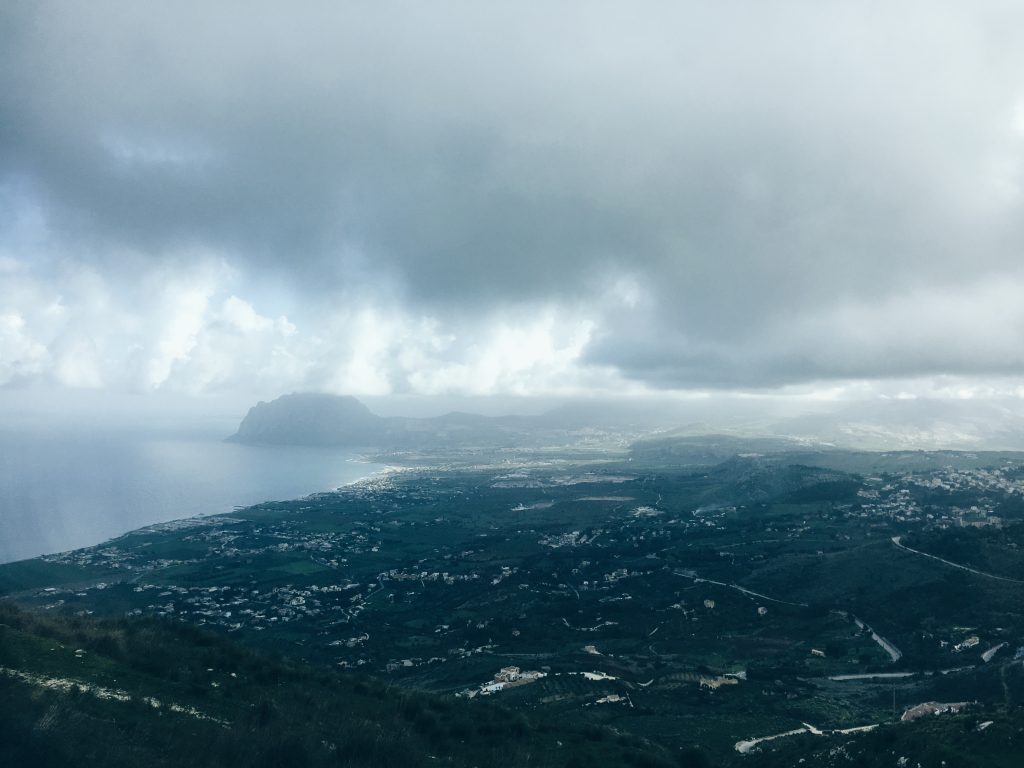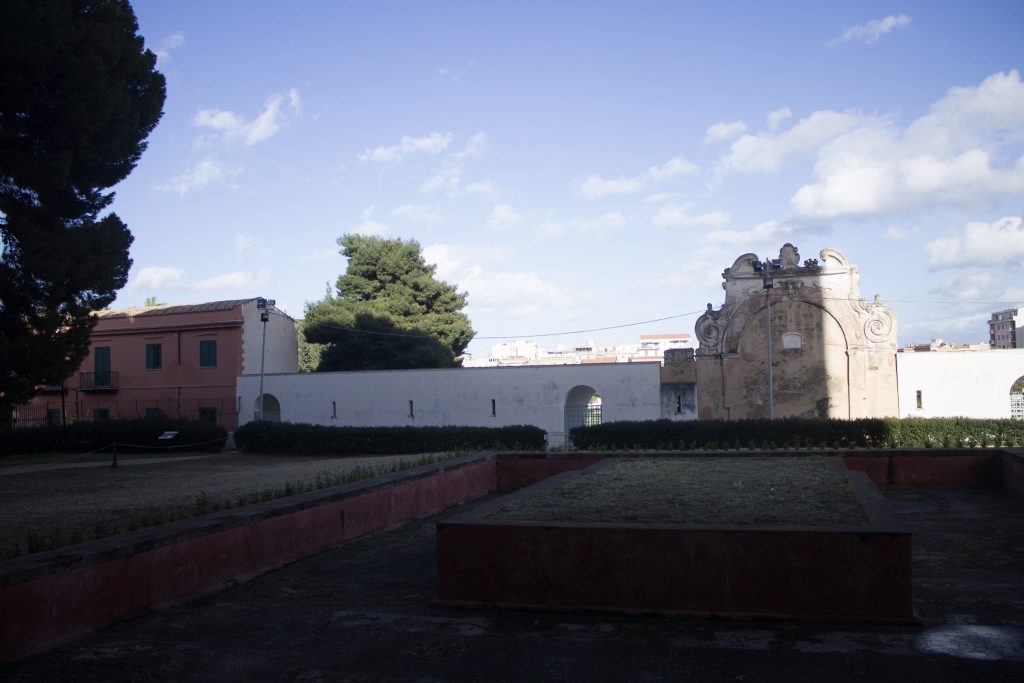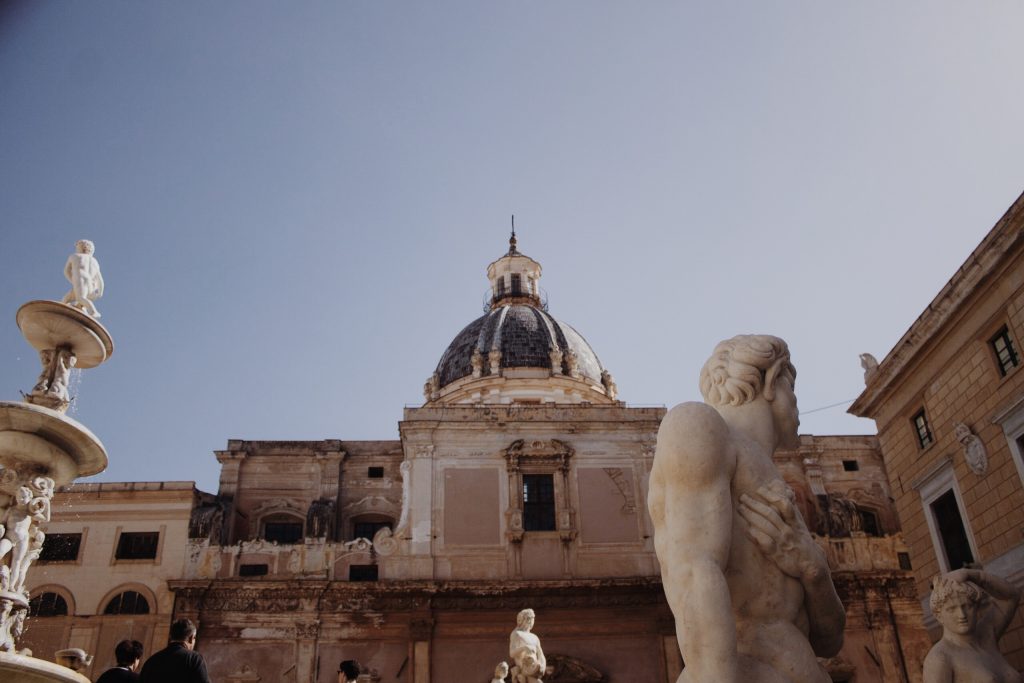On our third day in Sicily, we visited Erice, an important site in Virgil’s Aeneid. During the 5th Book of the Aeneid, Aeneas and his crew stop in Erice where Aeneas’ father, Anchises, was previously buried. Here, the devote their time to various funeral games such as ship racing, sprinting, boxing, and archery. These games confirm Aeneas’ capability as a leader, while Virgil simultaneously uses them to suggest the origins of Roman traditions. This photo was taken overlooking the bay where Aeneas and his crew supposedly performed these games.
While in Erice, we were surprised by a cooking class with Italian pastry cook Maria Grammatico. We learned from how to make marzipan as well as other Italian desserts made with almonds. It was very interesting to learn about Maria’s story, as she was sent to a convent as a young, poor girl where she learned to make various pastries. She carried her talents with her beyond the convent, growing up to be an established pastry cook.


